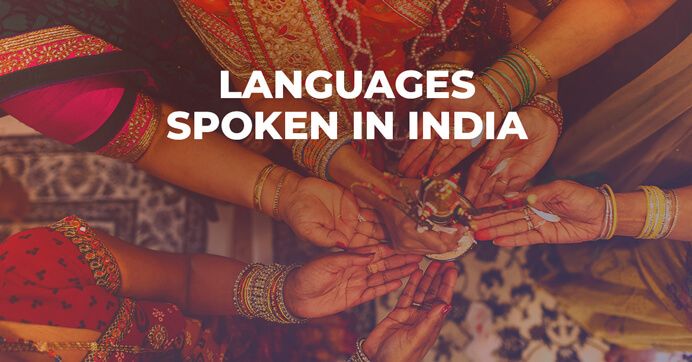
How Many Languages are Officially Spoken in India?
Indian dialects of over 19,500 and 121 are recognized as languages since they meet the standard of 10,000 or more speakers. Interestingly, only 22 languages of India are recognized as official languages.
Visiting India for the first time and getting a feel of the language and culture might feel like a lot, especially the language. Indian dialects of over 19,500 and 121 are recognized as languages since they meet the standard of 10,000 or more speakers. Interestingly, only 22 languages of India are recognized as official languages.
With all these factors in place, it is no surprise that experts find it difficult to classify the languages in India. They must first differentiate mother tongues from native dialects before they have solid information to work with, which is a lot of work by looking at the numbers.
However, this seemingly impossible task did not stay undone. Experts have, over the years, managed to group the vast languages of the Indian people. This way, foreigners can better grasp the concept of the country's linguistic diversity and how to better adapt to the new norm they find themselves in, if ever that is the case.
Understanding the types of languages in India will only come from a knowledge of their history, what it was that influenced different parts of the country, and how it has evolved to become what it is now.
Major languages spoken in India
Officially, the Indian constitution recognizes 22 official languages, the most prominently spoken of all. These languages are:
- Bengali;
- Hindi;
- Maithili;
- Nepalese;
- Sanskrit;
- Tamil;
- Urdu;
- Assamese;
- Dogri;
- Kannada;
- Gujarati;
- Bodo;
- Manipur;
- Oriya;
- Marathi;
- Santali;
- Telugu;
- Punjabi;
- Sindhi;
- Malayalam;
- Konkani;
- Kashmiri.
The most commonly spoken Indian dialect, which also happens to be the oldest surviving language in the world, is Hindi, the official language of the Indian central government, alongside English. However, individual states can adopt their official languages from the 22 languages of India, as long as it is one spoken within the region.
Why are there so many languages spoken in India?
In the last thousand years of Indian history, the Indo-Aryan and Dravidian languages families, the largest families in the world, found a home among the Indian people. Accompanying these two major language families are the Austro-Asiatic and the Tibeto-Burman language families.
These four language families, plus the uniting and fragmenting of India under different empires and into small kingdoms, brought about an exchange of linguistic features among the Indian languages.
At the same time, not one language became dominant due to India’s once-disunited kingdoms, each having its languages and slight difference in the people's cultural background.
However, after the country gained independence from British rule in 1947, Indian rulers decided to make Hindi the official language of the country to promote national unity among the people. This, however, was met with great difficulty; no surprise there if you consider India’s long-established multilingual environment.
English and its influence in India
The English language was introduced (imposed) on the Indian people during the reign of the British Raj—the colonial era. This aimed to create a new class of Indian citizens who were “Indian by birth and color, but English in taste, opinions, morals, and intellect.” This way, anyone who wanted to acquire higher positions and better-paying jobs had to learn the language.
As expected, the people quickly picked up the language, and soon enough, the English missionaries set up medium schools and colleges for English tutoring to the locals who wished to learn.
Fast forward to modern-day India, where English has become the co-official language alongside Hindi; over time, English has merged with Indian culture. You can’t get rid of it now, even if you tried.
The Indian rulers who took over the nation’s affairs after independence tried, but seeing as it is now the second most spoken language, their attempts at it were futile. English is now the language for business, documents, and even the education system.
Conclusion
India is the third largest country in Asia. It has a rich cultural background that has been largely influenced and adaptive to Arabic, Persian, and British cultures, to mention a few. This all came together to influence different languages in India up to this very moment in history.
Many times the question “what is the language of India?” It is quite clear that there is no straight answer to this question since there is a language recognized as the national language among the different languages in India.
Hello! I am Moses, an expert content writer, editor, and copywriter. I have a Master's degree in journalism, media studies, and communication. I enjoy creating content.

